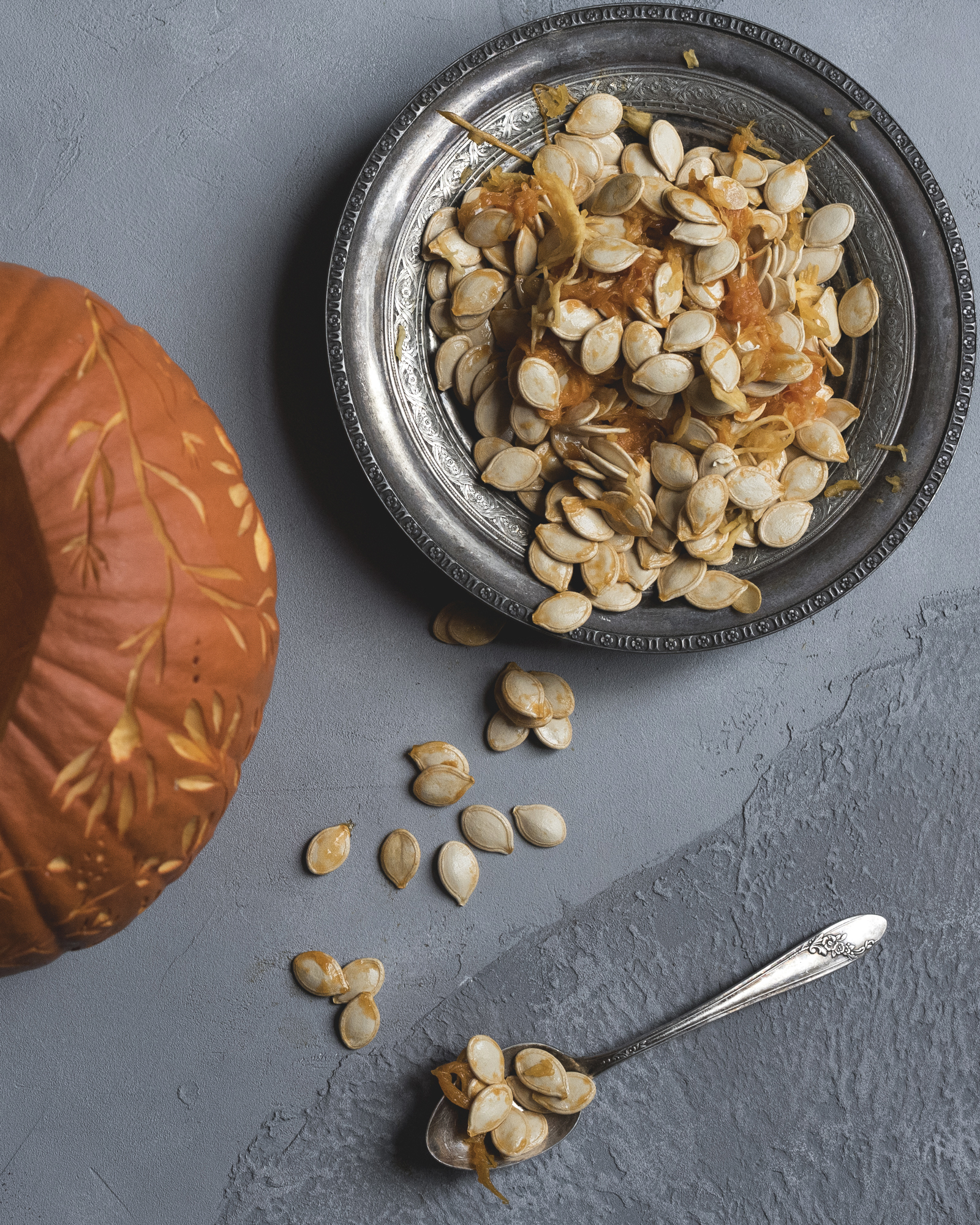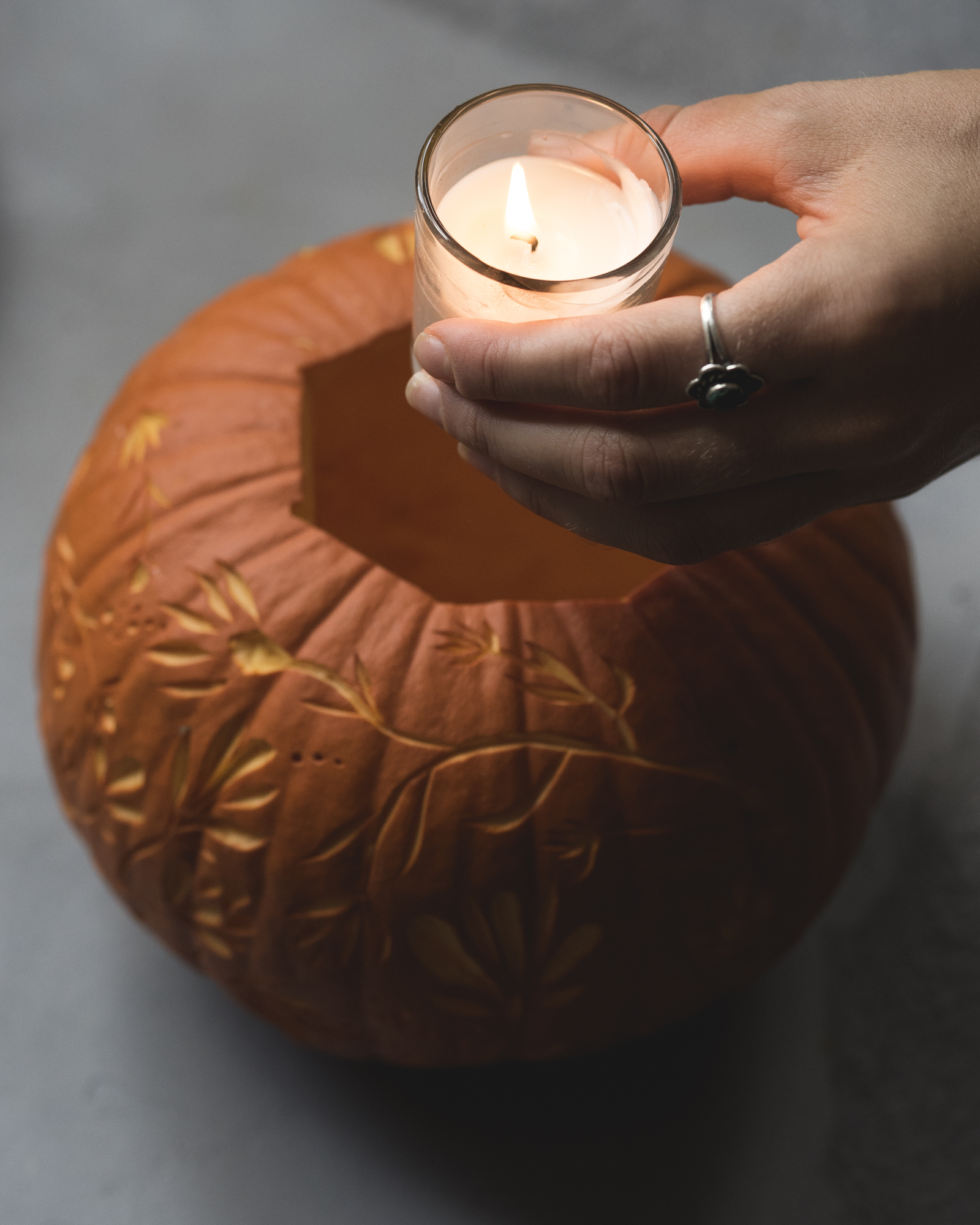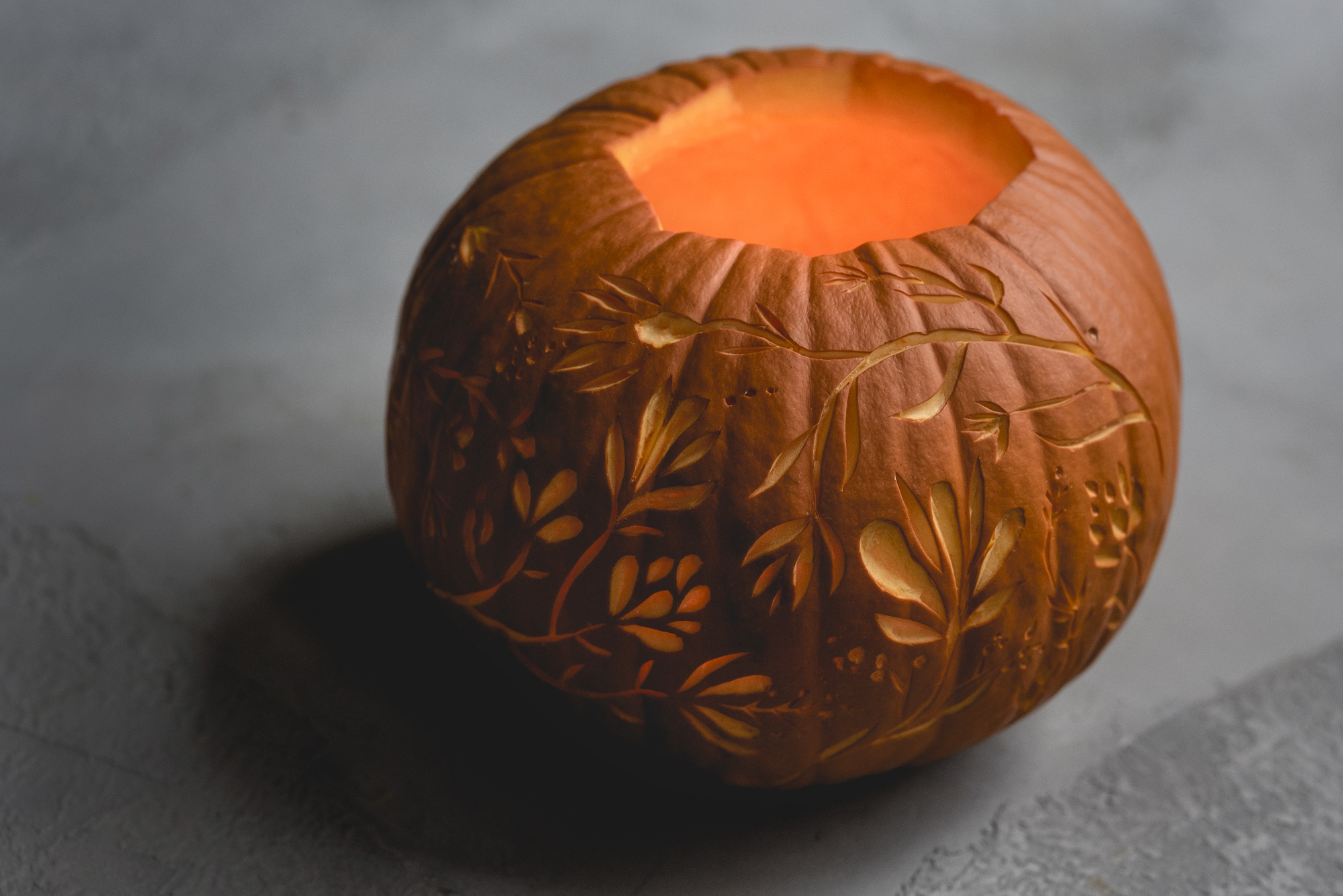
Why do we Carve Pumpkins at Halloween?
Pumpkin jack-o-lanterns are the emblem of Halloween. Their transformation of an innocuous vegetable into an ominous decoration captures the essence of the holiday: a time of the uncanny, when what is familiar becomes strange, and the supernatural seems close at hand.
Though it is now a staunch American tradition, the practice of carving jack-o-lanterns originated in the British Isles. Halloween itself has been traced to the Celts’ festival of Samhain, a pagan festival full of eerie candle-lit ceremonies that took place on November 1st and marked the beginning of winter and long nights. It was believed that during Samhain, the gods would become visible to mortals and would taunt them, while souls of the dead would visit their former homes–a distressing and dreadful time. In order to frighten away evil spirits, the Celts lit bonfires and wore masks to disguise themselves from the spirits passing through.
Eventually the Celts fell under Christian rule, and in the seventh century, Pope Boniface IV inaugurated All Saints’ Day, in part to replace the pagan celebration Samhain. The evening prior to All Saints’ Day–a hallowed eve–slowly transformed into Halloween, though many of the pagan associations resisted erasure.
Early colonists in America initially forbid Halloween celebrations. It was not until immigrants–particularly the Irish–began arriving in the United States during the 19th century that Halloween became a nationally celebrated event. In Ireland, the practice of carving jack-o-lanterns grew out of the legend of “Stingy Jack”, a folktale which dates back to at least the 1500s.
According to legend, late one evening the Devil came to claim Jack’s soul. Jack–hoping to prolong his fate–asked if the Devil would be so kind as to buy him one last drink before the two set out into the dark, damp night. The Devil agreed reluctantly and transformed himself into a coin. Picking the coin up off the table, Jack quickly placed it in a purse with a silver cross–thereby keeping the Devil from returning to his original state. The Devil agreed to allow Jack to live for another year and Jack removed the coin from the purse.
A year passed, and once again the Devil found Jack late one evening. Once again, Jack asked if the Devil would not do him one last favor–to pick him an apple from his favorite tree, as his final taste of Earth. Once again the Devil agreed, and Jack hoisted the Devil up into the tree. As soon as the Devil had balanced himself on a branch, Jack carved a cross into the bark of the tree’s trunk, to keep the Devil from climbing back down. In exchange for his release, the Devil agreed to never claim Jack’s soul.
Jack died less than a year later–but God would not grant Jack entrance to heaven (Jack was a man of few virtues) nor would the Devil grant him entrance to hell (vowing to uphold his earlier promise). Still bitter at the trick Jack had played on him, the Devil cast Jack out into the night with a single glowing coal to light the way, which Jack placed in a hollowed out turnip as a lantern. Stingy Jack was cursed to never rest, wandering the land evermore.
Over the next century, the term “jack-o-lantern” came to refer to anyone out at night carrying a lantern, as well as to refer to a meteorological phenomenon that typically takes place near swamps, in which the gases from decomposing matter are ignited by contact with electricity, heat, or oxygen, which causes an eerie, mysterious light.
Displayed in windows and on stoops and lit from within, jack-o-lanterns were used to frighten away evil spirits on Halloween (recalling the Celts’ bonfires). After dark, children would linger at night carrying jack-o-lanterns as a joke, hoping to fool passersby into believing Stingy Jack was close at hand. Carving faces helped to make the pumpkins appear more like a head–to spook both evil spirits and hapless friends hurrying home in the dark. When the Irish arrived in America, turnips, potatoes, and beets were replaced with the more ideally-shaped pumpkins.
Today, as Halloween approaches, pumpkin jack-o-lanterns are inescapable in America–they are the paper cutouts taped to inside of storefront windows, the buckets carried by eager children as they move door-to-door, the stenciled shape on any remotely Halloween-associated product. Though the folklore has been lost somewhat in time–jack-o-lanterns attract trick-or-treaters rather than deflecting evil spirits–they remain a relic of days gone by, when other worlds lived a little closer to ours. They encourage us to embrace our own unfamiliarity, to imagine dangerously, and to venture out into the night.
Want more Halloween folklore? Read these 5 classic plant-themed ghost stories for Halloween.






































